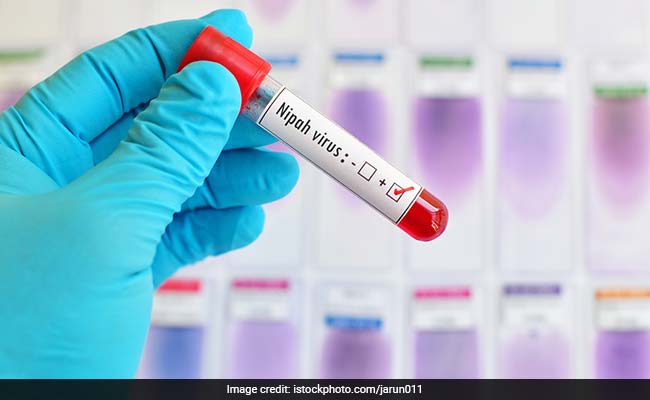Nipah virus: Kerala lifts high alert; schools to reopen
Kerala Government has decided to lift high alert issued in the wake of outbreak of deadly Nipah virus in May 2018 in northern Kozhikode and Malappuram districts of state that has so far claimed 17 lives. The outbreak of virus has been brought under control and its spread checked as no positive case has been reported. Restrictions for the public gatherings of people also have been relaxed. It also has decided to reopen educational institutions, schools and professional colleges, which was postponed due to the virus outbreak.
Nipah Virus (NiV) Infection
Nipah virus (NiV) infection is zoonotic disease (disease transmitted to humans from animals) that causes severe disease in both animals and humans. The organism which causes Nipah Virus encephalitis is RNA or Ribonucleic acid virus of family Paramyxoviridae, genus Henipavirus, and is closely related to Hendra virus.
Origin: It was first identified in 1999 during outbreak among pig farmers in Malaysia and Singapore. It gets its name from Sungai Nipah, a Malaysian village, where pig farmers became ill with encephalitis. In these subsequent outbreaks, there were no intermediate hosts of the virus. In Bangladesh in 2004, humans got infected after consuming date palm sap that had been contaminated by infected fruit bats.
Natural Host: Fruit bats of the Pteropodidae Family, Pteropus genus are natural host of the virus. The virus is present in bat urine and potentially, bat faeces, saliva, and birthing fluids. Presumably, first incidence of NiV infection occurred when pigs in Malaysian farms came in contact with fruit bats who had lost their habitats due to deforestation.
Transmission: The virus spreads fast and is mostly fatal. Infected bats shed virus in their excretion and secretion. The virus cannot be transmitted through air. But it is transmitted through direct contact with infected bats, pigs. Human to Human transmission from other NiV-infected people is also reported.

Signs & Symptoms: NiV infection in humans has range of clinical presentations i.e., from asymptomatic infection to acute respitatory syndrome and fatal encephalitis (inflammation of brain). After exposure and incubation period of 5 to 14 days, illness presents with 3-4 days of fever and headache, followed by drowsiness, disorientation and mental confusion. These signs and symptoms can progress to coma within 24 to 48 hours. The mortality rate of patients infected with NiV infection is reportedly 70%. It is capable of causing diseases in domestic animals too.
Treatment: There is no vaccine for NiV disease either for humans or animals. The main treatment for those infected is intensive supportive care and supportive medicines. NiV Infection can be prevented by avoiding exposure of infected people without protective gear. In disease prone areas, fruits strewn on the ground should not be eaten, for safety.
Month: Current Affairs - June, 2018








